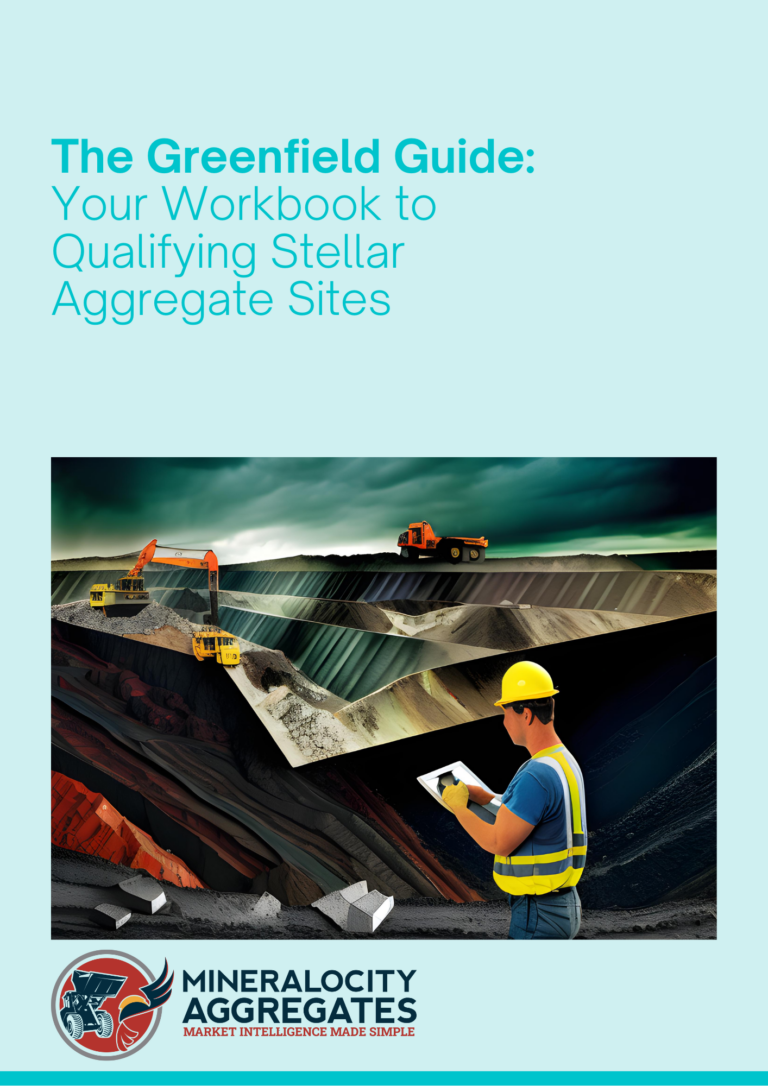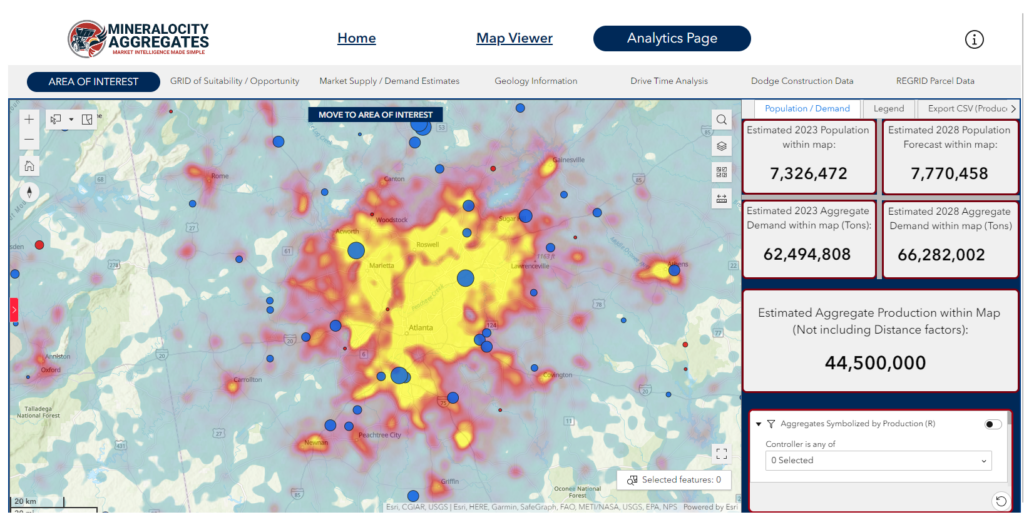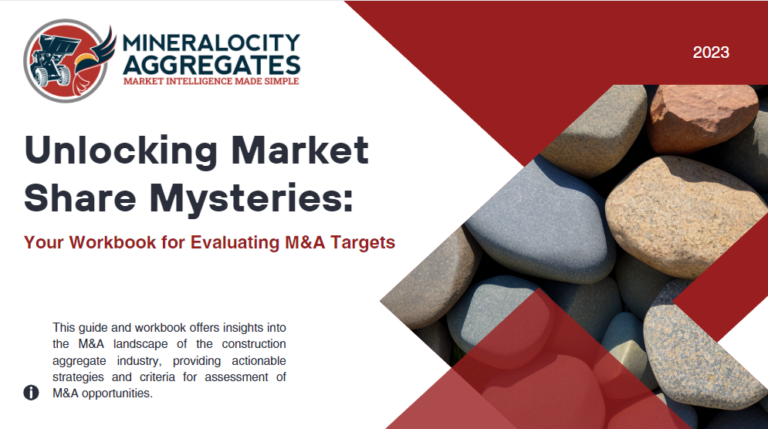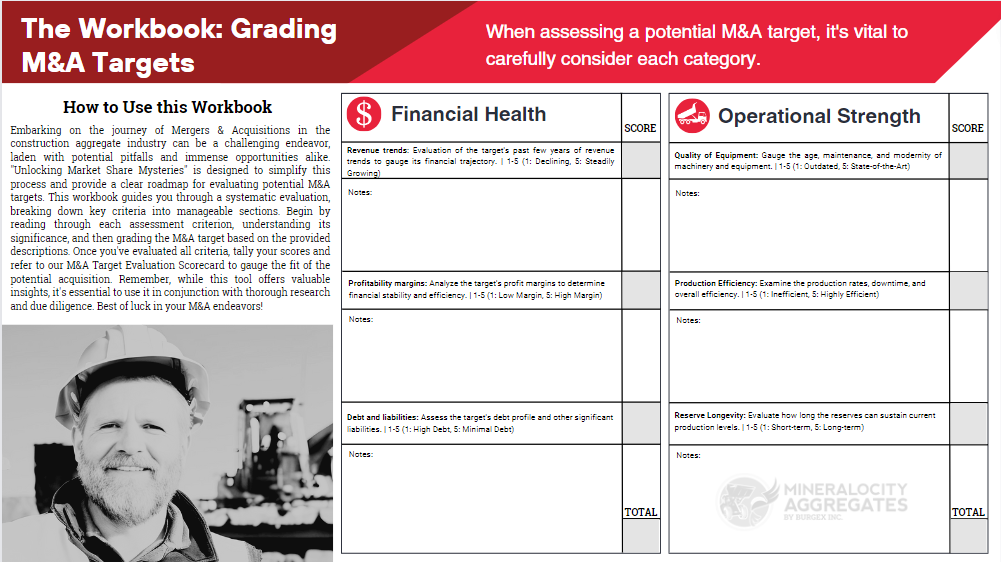The construction aggregate industry is foundational to infrastructure and real estate development. For producers, investors, or stakeholders, grasping supply and demand dynamics is paramount. Here’s a detailed yet straightforward guide on calculating aggregate market supply and demand.
Introduction to Aggregate Supply and Demand
At its essence, the concept of supply and demand forms the foundation of economics. They are two fundamental forces that interact to determine the price and quantity of goods in a market.
Supply represents the quantity of aggregates that producers are willing and able to bring to the market at a given price. Various factors influence this willingness, such as the cost of production, technological advancements, and the price of related goods. Simply put, supply is the producer’s side of the story. It answers the question: How much of the aggregate is available for sale at a specific price point?
On the other side of the equation, demand signifies the quantity of aggregates that consumers or businesses desire and are prepared to purchase at a certain price. It is influenced by factors like required specifications, location, end use, and the price of substitute or complementary goods. Demand provides insight into the consumer’s perspective, answering the question: How much of the aggregate do buyers want to purchase at a given price?
The interplay between these two forces, supply, and demand, determines the market equilibrium, where the amount producers are willing to sell matches the amount consumers want to buy. This equilibrium is essential for understanding the pricing and availability of goods in any economy, including the aggregates industry.
Calculating Demand
A deeper understanding of demand necessitates a few key steps:
1. Per-Capita Consumption:
– Use historical data on aggregate consumption.
– Obtain population data, ideally from trusted sources like the [U.S. Census Bureau](https://www.census.gov/).
– Divide the estimated regional aggregate consumption by the population to ascertain annual per-capita averages.
2. Identify the Key Sectors:
– Recognize primary aggregate consumers. This can encompass sectors like housing, road construction, or commercial projects.
3. Forecast Activity & Consumption:
– Source industry reports and growth forecasts to anticipate future sectoral activity, such as the Dodge Construction Network Data that is integrated into Mineralocity Aggregates.
– Multiply expected units (e.g., miles of roads, houses constructed) by the estimated consumption amounts per-unit to estimate aggregate needs.
4. Calculate Total Demand:
– Compile the figures from all sectors to get a comprehensive demand estimate.
Calculating Supply
For a comprehensive supply analysis:
1. MSHA Data:
– Utilize data from the [Mine Safety and Health Administration (MSHA)](https://www.msha.gov/), which provides insights on operational hours for each permitted US producer.
2. Identify Producers:
– Catalog all active aggregate producers in the chosen region.
3. Estimate Production Capacity:
– For each producer, fetch their production potential, often found in annual reports, industry publications, or company websites.
4. Adjust for Constraints:
– Take into account potential restrictions, be it environmental regulations, machinery limits, or labor constraints.
5. Calculate Total Supply:
– Sum up the adjusted capacities of all producers to gauge the total available supply.
Balancing Supply and Demand:
With your supply and demand figures:
– A supply surplus could lead to reduced prices.
– If demand outstrips supply, prices might surge, offering expansion avenues for existing producers or entry points for newcomers.
Conclusion
Deciphering aggregate supply and demand sets the stage for astute decision-making in production, investment, and overarching strategy. While the above method offers a bird’s eye view, the intricate facets of transportation costs, quality diversities, and looming market trends call for meticulous analysis. This is where Mineralocity Aggregates shines, serving as a beacon for stakeholders. Our platform fuses granular data with incisive analysis, crafted through rigorous research, ensuring you not only stay informed but thrive in the industry’s ever-evolving landscape.

Ready to Unlock the Secrets of Successful Greenfield Site Evaluation?
Dive deeper into the world of construction aggregate production with our exclusive Greenfield Guide. Whether you’re a seasoned expert or just embarking on your aggregate adventure, this guide is your roadmap to identifying prime locations, assessing supply potential, and capturing significant market shares. Arm yourself with proven strategies, actionable insights, and essential formulas designed to propel your projects to unparalleled success. Don’t miss this chance to elevate your greenfield endeavors – grab your free copy of the Greenfield Guide now!







